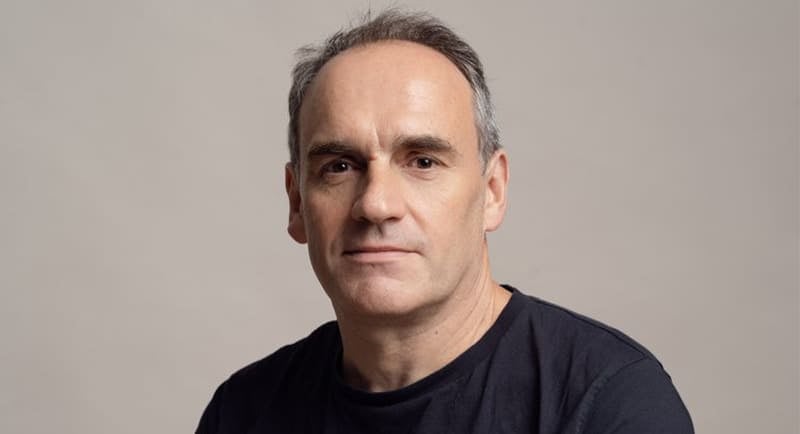In the company’s latest financial results, the New York Times recorded a significant rise in digital subscriptions for the second quarter in a row, with an increase of 180,000, to a total of 9.3 million subscribers.
Bundled subscriptions now total more than 1,000,000, indicating readers are not concerned about shifting from introductory offers to full price subscriptions.
Stats like this aren’t just confined to the New York Times, or even the USA. Research from global analytics and activation platform Piano has shown that subscription-based media is growing across the board.
Mediaweek spoke to Tim Rowell, APAC GM at Piano, about what is behind the rise in global news subscriptions and the importance of relationships with readers.
“We work with about 600 publishers worldwide on their subs models, and subscriptions are increasing everywhere” says Rowell. “They are not increasing as fast as they were during the pandemic – we were seeing ludicrous year-on-year increases during the pandemic, 60-70% year on year. That’s dropped a bit, it’s down to around 10%, but that’s still pretty healthy growth.”
Whilst it would be fair to assume that the state of the economy would mean that news subscriptions would be negatively impacted, Rowell says that the biggest takeaway from growing subscription rates is that “people actually do value trustworthy, valid information and they want that from a trusted source.”
“30 to 40 years ago, people bought one newspaper a day and they trusted it. There’s a bit of a return to that kind of behaviour – they commit to one news source, and then they subscribe to it.
“The other side is that publishers have gotten a lot better at doing this. They recognise that in order to build a subscription business, you have to treat those readers as valued customers and not just as someone who’s reading the story.”

Not only are news-based subscriptions on the rise, they’re bucking the trend. Whilst other subscription-based models may have seen the impacts of economic downturn, Rowell says that news publishing is avoiding the pressures of other platforms.
“There’s a lot of talk about subscription fatigue and this idea that people are not going to have multiple subscriptions, that they’re going to start cancelling. I think that’s undoubtedly true in streaming or video-based subscriptions. During the pandemic, we were all stuck at home and people were taking out Disney+, Binge, Prime, and Netflix – everyone had as much as they could get.
“We’re not seeing any evidence that there is a mass cancellation of news-based subscriptions. I think there is a distinction to draw between video-based streaming subscription services and core news.”
As for what is at the heart of what drives subscriptions on an individual level, Rowell says that it’s all about relationships.
“What we know is that 70% of the users to all websites just read one piece of content each month. They’re not loyal, you’re never going to get them to subscribe. But your job is to push them through the funnel – your job is to get them reading from one story to reading two, to three, and then to develop that engagement over time.
“A person who is signed up to a publisher’s newsletter is 10 times more likely to become a subscriber than someone who isn’t. There are all these little touch points you need to think about, about deepening someone’s engagement with you before they become a subscriber. It’s not a binary conversation of ‘am I a subscriber or not on day one?’. You have to develop a relationship over time.”

Whilst subscriptions on the rise is good news for news publishers, Rowell says that it isn’t necessarily the be-all and end-all for publishers looking to drive revenue.
“In terms of the models that drive publishers and news, we’ve never been of the view that there was only one model, and that it was subscription. I think most execs at publishing companies will accept now that a hybrid model that works with a combination of advertising, subscription, events, and other revenue streams.
“All of those are absolutely dependent on understanding how your audience behaves and understanding what they’re interested in. The focus is putting the reader and the audience at the very heart of a publishing operation, which frankly, is the way it always should have been.”
